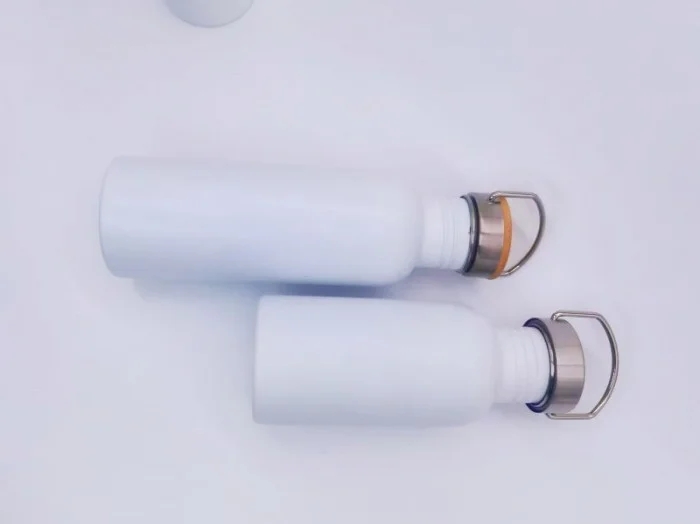PVC (Polyvinyl Chloride) ceilings have gained popularity in recent years due to their affordability, versatility, and aesthetic appeal. However, concerns about their safety have also emerged. In this blog post, we will delve into the safety aspects of PVC ceilings, addressing key questions and providing expert insights to help you make an informed decision.
- Understanding PVC Ceilings:
PVC ceilings are made from a synthetic plastic polymer called polyvinyl chloride. They are lightweight, durable, and resistant to moisture, making them suitable for various applications. PVC ceilings are commonly used in residential and commercial buildings, including kitchens, bathrooms, offices, and retail spaces. - Fire Safety:
One of the primary concerns regarding PVC ceilings is their fire safety. PVC is inherently flame retardant, meaning it has a high resistance to ignition and does not support combustion. However, it is important to note that PVC ceilings can release toxic gases when exposed to fire. To mitigate this risk, PVC ceilings are often manufactured with additives that reduce smoke emissions and enhance fire resistance. - Indoor Air Quality:
Another aspect of safety to consider is the impact of PVC ceilings on indoor air quality. PVC contains certain chemicals, such as phthalates and volatile organic compounds (VOCs), which can be released into the air over time. However, stringent regulations and industry standards have been established to limit the presence of these substances in PVC products. It is crucial to choose PVC ceilings that comply with relevant safety certifications, such as GreenGuard or Floorscore, ensuring low emissions and improved indoor air quality. - Health Concerns:
There have been debates surrounding the potential health risks associated with PVC ceilings. Some studies suggest that long-term exposure to certain chemicals found in PVC, such as phthalates, may have adverse effects on human health. However, it is important to note that the concentration of these chemicals in PVC ceilings is typically low and unlikely to pose significant health risks. Nonetheless, individuals with specific sensitivities or allergies may opt for alternative ceiling materials. - Installation and Maintenance:
Proper installation and maintenance of PVC ceilings are crucial for ensuring their safety and longevity. It is essential to follow manufacturer guidelines and hire experienced professionals for installation to prevent any structural or safety issues. Regular cleaning and maintenance will also help preserve the integrity of PVC ceilings and prevent the accumulation of dust or mold.
Conclusion:
PVC ceilings can be a safe and practical choice for various applications, provided that certain considerations are taken into account. By selecting PVC ceilings that comply with safety certifications, ensuring proper installation, and maintaining them appropriately, you can enjoy the benefits of PVC ceilings without compromising safety. Remember to consult professionals and make informed decisions based on your specific requirements and concerns.



More Stories
The Versatility of Fiberglass Woven Cloth in Industrial Applications
Water Based Car Spray Booth Solutions for Automotive Paint Systems
Shoring Props Explained: Types, Uses, and Safety Tips for Construction Projects